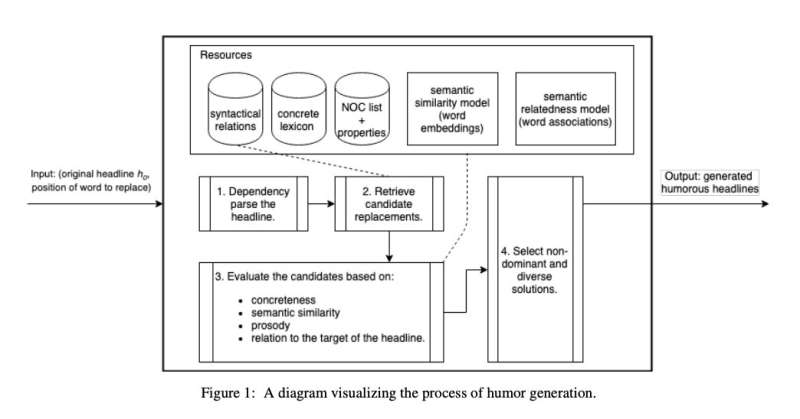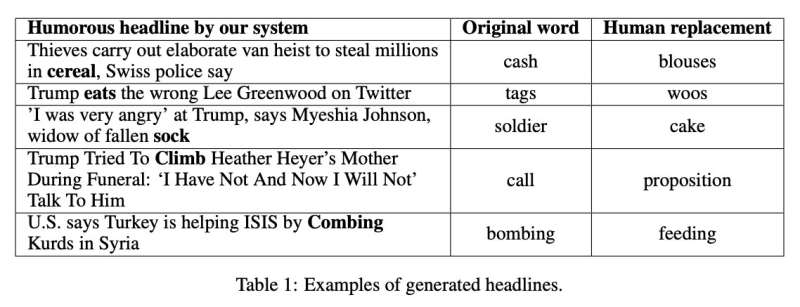Fungal transplants from close relatives help endangered plants fight off disease
IMAGE: MYRTLE RUST ON THE LEAVES OF EUGENIA KOOLAUENSIS, A CRITICALLY ENDANGERED ENDEMIC HAWAIIAN TREE. view more
CREDIT: M. K. CHOCK
For the endangered Hawaiian plant, Eugenia koolauensis, fungi could be both its demise and its savior. The fungal pathogen myrtle rust (Austropuccinia psidii) has been devastating populations of the endemic tree, along with many other native and cultivated plants. However, researcher Mason Kamalani Chock thinks part of the solution might be . . . more fungi.
Endophytic fungi, which reside inside leaves, often protect plants from pathogens. In a paper recently published in Phytobiomes Journal, Chock along with fellow University of Hawaii researchers Benjamin Hoyt and Anthony Amend, treated E. koolauensis plants with endophytic fungi isolated from the leaves of closely related plant species, then assessed the resistance of these inoculated plants against myrtle rust. Although some individual strains of fungi seemed to decrease the pathogen severity, plants were most protected against the pathogen when treated with a complex mixture of microbes prepared from homogenized leaves of these related plants.
This finding suggests that microbiome-based treatments could be a promising avenue of myrtle rust management for these endangered plants and emphasizes the beneficial effects microbiomes can have on their host plants. “We need to be thinking about the entire microbial community rather than any individual player,” noted lead author Chock.
While beneficial microbes have been applied as biological control agents in agriculture, this new research suggests they could also be an important tool for plant conservation. Diseases pose one of the biggest challenges for endangered plants, especially since low genetic variation in their small populations limits efforts to breed them for disease resistance. Other solutions are temporary or potentially harmful in other ways, such as pesticide applications, which have to be continually applied to be effective and can have deleterious effects on soil health.
Thus, mining plant microbiomes for beneficial strains or communities that can confer disease resistance may be a promising strategy for combating disease-driven declines of endangered plants. And even if these microbial treatments are not strong enough to make their hosts completely disease resistant, every little bit of protection can help these endangered plants. While Chock does not think the study’s findings indicate that microbiome transplants are “a silver bullet to stopping myrtle rust’s worldwide spread,” he thinks they may provide an “extra push for those plant species that are holding on to dear life due to the introduction of deleterious pathogens.''
###
To learn more about this research, see the original article published in Phytobiomes Journal: “Mycobiome Transplant Increases Resistance to Austropuccinia psidii in an Endangered Hawaiian Plant.”
Lead researcher Mason K. Chock (@kamalanichock) is currently a Ph.D. student in the Koskella Lab at the University of California, Berkeley, who is interested in the factors that affect the assembly and succession of plant microbial communities. He is currently focusing on maternal effects and the assembly of plant microbiomes.
Author bio: Dr. Mia Howard (@mia_how) is an assistant feature editor for Phytobiomes Journal and a postdoctoral researcher in Dr. Jen Lau’s lab at Indiana University. She is fascinated by how plants—often with help from microbes—protect themselves from herbivores with toxic chemicals.
CAPTION
Scanning electron microscope image of myrtle rust.
CREDIT
Mason K. Chock
JOURNAL
Phytobiomes Journal
METHOD OF RESEARCH
Experimental study
SUBJECT OF RESEARCH
Not applicable
ARTICLE TITLE
Mycobiome Transplant Increases Resistance to Austropuccinia psidii in an Endangered Hawaiian Plant
ARTICLE PUBLICATION DATE
29-Sep-2021
































